Rhein

Rhein structure
|
Common Name | Rhein | ||
|---|---|---|---|---|
| CAS Number | 478-43-3 | Molecular Weight | 284.220 | |
| Density | 1.7±0.1 g/cm3 | Boiling Point | 597.8±50.0 °C at 760 mmHg | |
| Molecular Formula | C15H8O6 | Melting Point | ≥300 °C(lit.) | |
| MSDS | Chinese USA | Flash Point | 329.4±26.6 °C | |
| Symbol |

GHS07 |
Signal Word | Warning | |
Use of RheinRhein is a lipophilic anthraquinone extensively found in medicinal herbs, and has many pharmacological effects, including epatoprotective, nephroprotective, anti-inflammatory, antioxidant, anticancer, and antimicrobial activities. IC50 value:Target:In vitro: Rhein (0.1 and 1 mg/mL) evidently suppressed cell proliferation and mitogen-activated protein (MAP) kinase activation in human colon adenocarcinoma cells (Caco-2) but significantly lessened H2O2-induced DNA damage and the elevated MDA and ROS levels induced by H2O2/Fe2+ at the concentrations of 0.1–10 mg/mL [1].In vivo: Oral administration of rhein (150 mg/kg/d) evidently ameliorated renal interstitial fibrotic lesions and attenuated the expression of α-SMA and deposition of fibronectin (FN) in mice with renal interstitial fibrosis induced by unilateral ureteral obstruction. Rhein also suppressed TGF-β1 and its type I receptor expression in obstructed kidneys [1]. The biochemical parameters results of IgAN model rats showed that rhein-prevented and rhein-treated both improved the biochemical parameters and relieved renal pathological injury. The expressions of renal tissue TLR4, TGF-β1, but not TLR9 were significantly elevated in IgAN model rats (P < 0.05). Rhein-prevented and rhein-treated both inhibited TLR4 and TGF-β1 expressions [2]. |
| Name | Rhein |
|---|---|
| Synonym | More Synonyms |
| Description | Rhein is a lipophilic anthraquinone extensively found in medicinal herbs, and has many pharmacological effects, including epatoprotective, nephroprotective, anti-inflammatory, antioxidant, anticancer, and antimicrobial activities. IC50 value:Target:In vitro: Rhein (0.1 and 1 mg/mL) evidently suppressed cell proliferation and mitogen-activated protein (MAP) kinase activation in human colon adenocarcinoma cells (Caco-2) but significantly lessened H2O2-induced DNA damage and the elevated MDA and ROS levels induced by H2O2/Fe2+ at the concentrations of 0.1–10 mg/mL [1].In vivo: Oral administration of rhein (150 mg/kg/d) evidently ameliorated renal interstitial fibrotic lesions and attenuated the expression of α-SMA and deposition of fibronectin (FN) in mice with renal interstitial fibrosis induced by unilateral ureteral obstruction. Rhein also suppressed TGF-β1 and its type I receptor expression in obstructed kidneys [1]. The biochemical parameters results of IgAN model rats showed that rhein-prevented and rhein-treated both improved the biochemical parameters and relieved renal pathological injury. The expressions of renal tissue TLR4, TGF-β1, but not TLR9 were significantly elevated in IgAN model rats (P < 0.05). Rhein-prevented and rhein-treated both inhibited TLR4 and TGF-β1 expressions [2]. |
|---|---|
| Related Catalog | |
| References |
| Density | 1.7±0.1 g/cm3 |
|---|---|
| Boiling Point | 597.8±50.0 °C at 760 mmHg |
| Melting Point | ≥300 °C(lit.) |
| Molecular Formula | C15H8O6 |
| Molecular Weight | 284.220 |
| Flash Point | 329.4±26.6 °C |
| Exact Mass | 284.032074 |
| PSA | 111.90000 |
| LogP | 4.58 |
| Vapour Pressure | 0.0±1.8 mmHg at 25°C |
| Index of Refraction | 1.761 |
| Storage condition | 2-8°C |
| Water Solubility | <0.1 g/100 mL at 17 ºC |
CHEMICAL IDENTIFICATION
HEALTH HAZARD DATAACUTE TOXICITY DATA
|
| Symbol |

GHS07 |
|---|---|
| Signal Word | Warning |
| Hazard Statements | H315-H319-H335 |
| Precautionary Statements | P305 + P351 + P338 |
| Personal Protective Equipment | dust mask type N95 (US);Eyeshields;Gloves |
| Hazard Codes | Xi |
| Risk Phrases | R36/37/38:Irritating to eyes, respiratory system and skin . |
| Safety Phrases | S26-S37/39 |
| RIDADR | NONH for all modes of transport |
| WGK Germany | 2 |
| RTECS | CA9516000 |
| HS Code | 2918990090 |
| Precursor 9 | |
|---|---|
| DownStream 3 | |
| HS Code | 2918990090 |
|---|---|
| Summary | 2918990090. other carboxylic acids with additional oxygen function and their anhydrides, halides, peroxides and peroxyacids; their halogenated, sulphonated, nitrated or nitrosated derivatives. VAT:17.0%. Tax rebate rate:13.0%. . MFN tariff:6.5%. General tariff:30.0% |
|
Factors affecting formulation characteristics and stability of ascorbic acid in water-in-oil creams.
Int. J. Cosmet. Sci. 36(5) , 494-504, (2014) The present investigation is based on the formulation of water-in-oil (w/o) cream preparations of ascorbic acid (AA) at pH 4-6 using different emollients and humectants.The preparations were stored in... |
|
|
Binding of bis-(2-ethylhexyl) phthalate at the surface of hydrozincite nanocrystals: An example of organic molecules absorption onto nanocrystalline minerals.
J. Colloid. Interface Sci. 457 , 298-306, (2015) As a contribution to understand the interactions between mineral surfaces and organic molecules, this study reports an accurate characterization of the bis-(2-ethylhexyl) phthalate (DEHP)-Hydrozincite... |
|
|
Antioxidants in heat-processed koji and the production mechanisms.
Food Chem. 187 , 364-9, (2015) We previously developed antioxidative heat-processed (HP)-koji via two-step heating (55 °C/2days → 75 °C/3 days) of white-koji. In this study, we isolated antioxidants in HP-koji and investigated thei... |
| Rhein |
| 1,8-dihydroxy-3-carboxy-9,10-anthraquinone |
| EINECS 207-521-4 |
| Cassic acid |
| 2-Anthracenecarboxylic acid, 9,10-dihydro-4,5-dihydroxy-9,10-dioxo- |
| Rheic acid |
| Rhubarb Yellow |
| 1,8-dihydroxyanthraquinone-3-carboxylic acid |
| 1,8-dihydroxy-3-carboxyanthraquinone |
| 9,10-Dihydro-4,5-dihydroxy-9,10-dioxo-2-anthracenecarboxylic acid |
| MFCD00009618 |
| Monorhein |
| 4,5-dihydroxy-9,10-dioxo-9,10-dihydroanthracene-2-carboxylic acid |
| 4,5-Dihydroxy-9,10-dioxo-9,10-dihydro-2-anthracenecarboxylic acid |
| 4,5-Dihydroxyanthraquinone-2-carboxylic acid |
| 9,10-dihydro-4,5-dihydroxy-9,10-dioxoanthracene-2-carboxylic acid |
| Chrysazin-3-carboxylic acid |
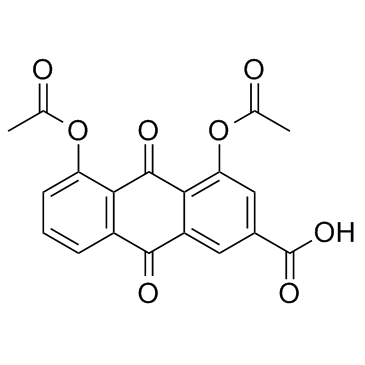 CAS#:13739-02-1
CAS#:13739-02-1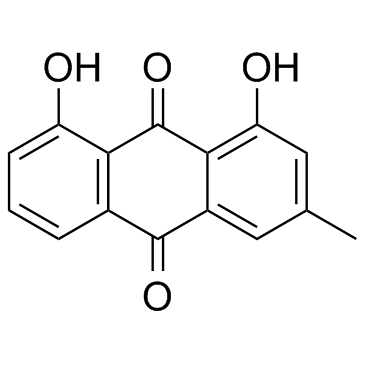 CAS#:481-74-3
CAS#:481-74-3 CAS#:1402610-53-0
CAS#:1402610-53-0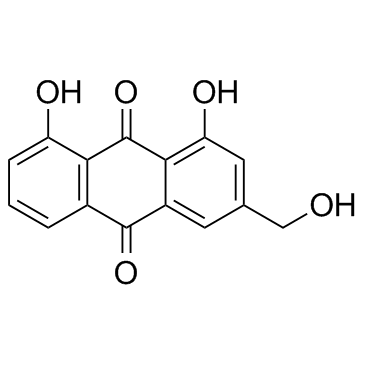 CAS#:481-72-1
CAS#:481-72-1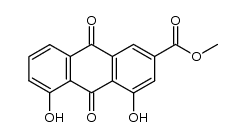 CAS#:6155-37-9
CAS#:6155-37-9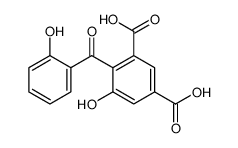 CAS#:820243-51-4
CAS#:820243-51-4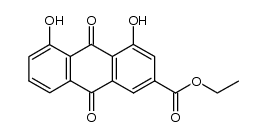 CAS#:109650-18-2
CAS#:109650-18-2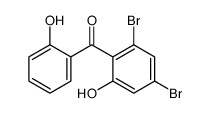 CAS#:820243-52-5
CAS#:820243-52-5 CAS#:820243-54-7
CAS#:820243-54-7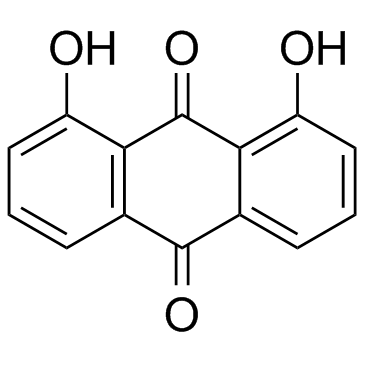 CAS#:117-10-2
CAS#:117-10-2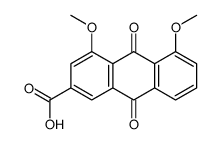 CAS#:72049-24-2
CAS#:72049-24-2
